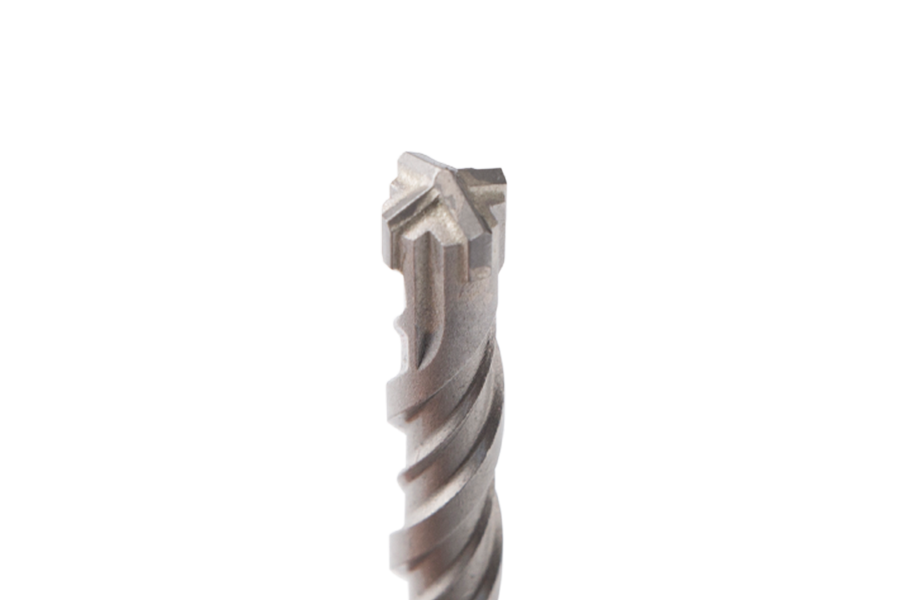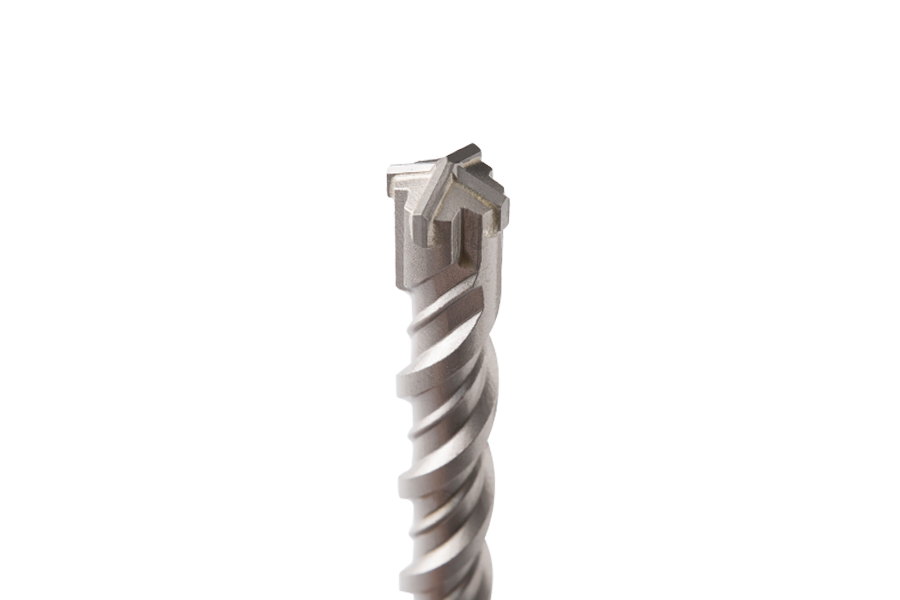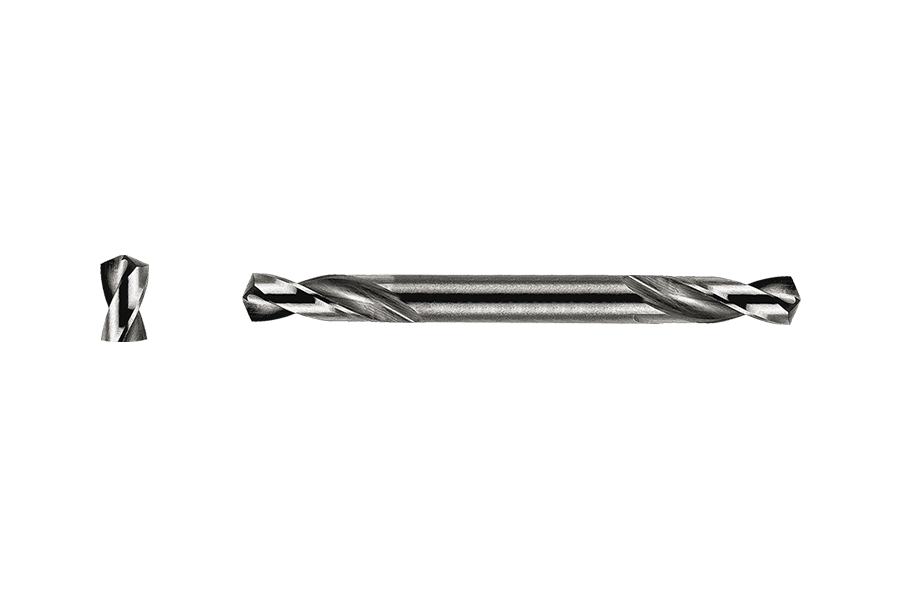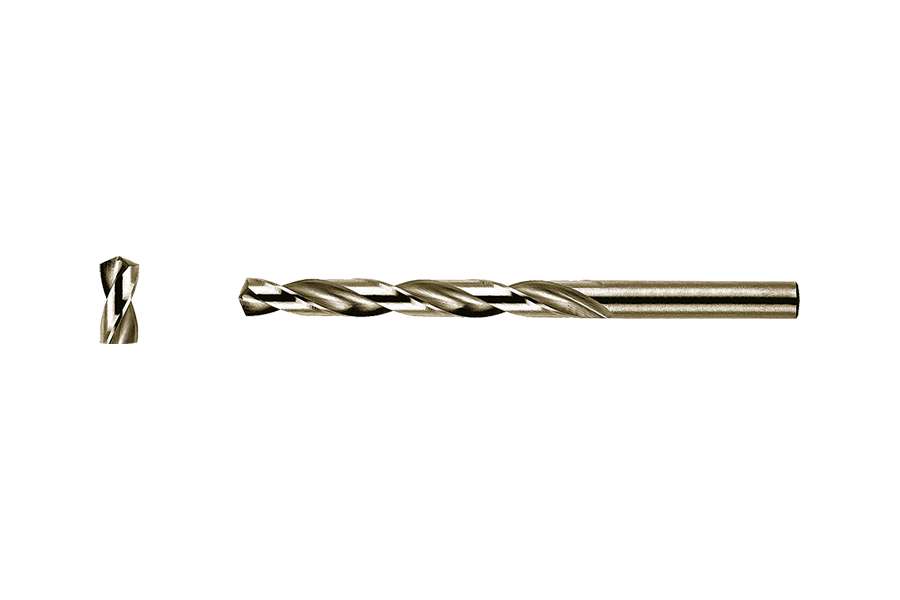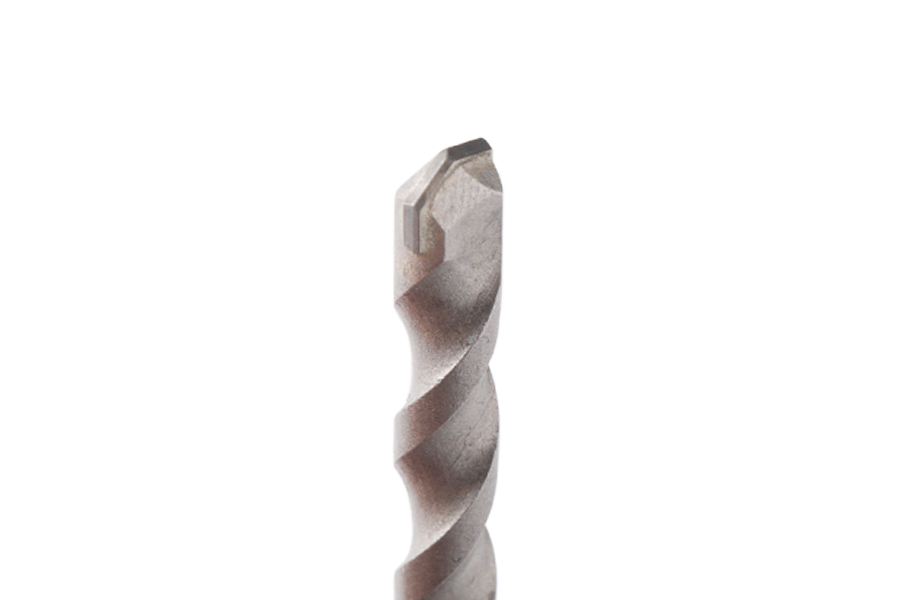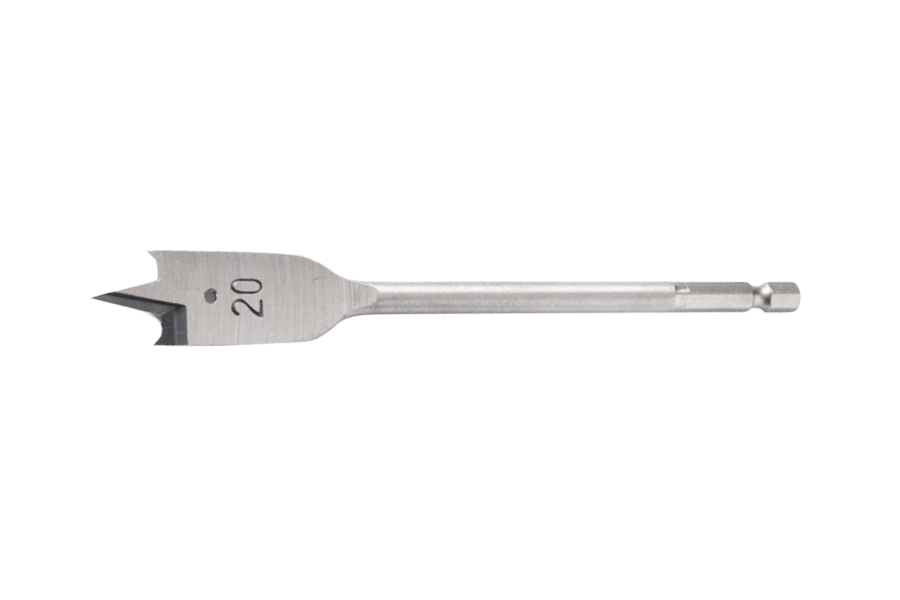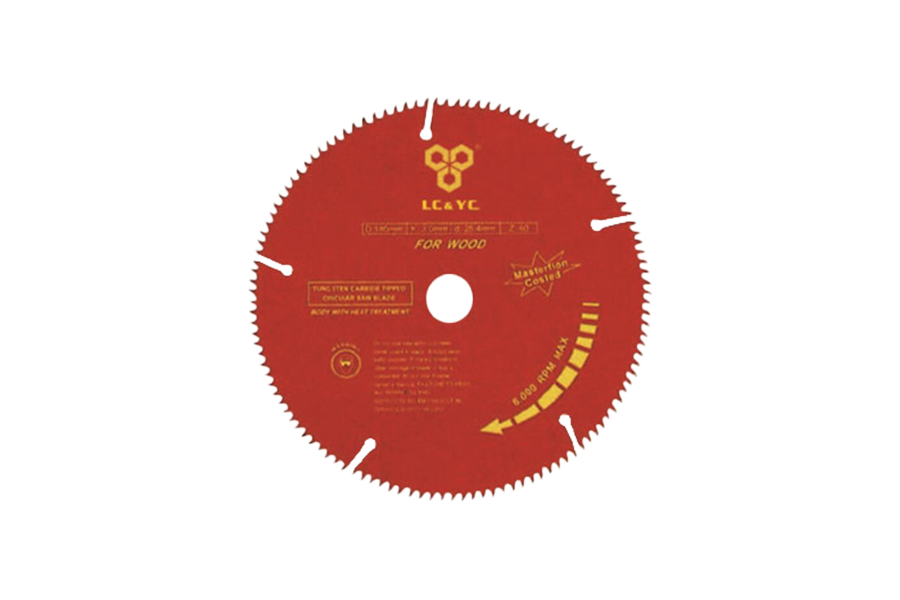Drill bits are widely used for drilling holes of various sizes in thin and soft materials. These drill bits feature a conical design with progressively increasing cutting s, making them indispensable in industries such as electrical, HVAC (Heating, Ventilation, and Air Conditioning), automotive, and manufacturing. Their unique design enables users to perform multiple functions with a single bit, thereby improving efficiency and accuracy in repetitive or multi-size drilling tasks.
Structure and Design
The tip starts at the smallest diameter, and as the bit drills deeper, it cuts up to the next , gradually increasing the hole size. Each is typically marked with diameter indicators, allowing for precise drilling without the need for measurement.
Most drill bits are made from high-speed steel (HSS), while advanced models are often coated with titanium nitride (TiN) or cobalt alloys to enhance heat resistance and durability. Some models also feature a dual-flute design for smoother cutting and improved chip removal.
Common Applications of Drill Bits
Drilling in Thin Sheet Materials
drill bits are ideal for:
Metal sheets (aluminum, steel, brass)
Plastic sheets (acrylic, polycarbonate)
Plywood and MDF boards (for light-duty applications)
Unlike twist drills, which can catch or tear thin sheet materials, drill bits produce clean, burr-free holes with minimal vibration.
Multi-Size Drilling
One of the main advantages of drill bits is the ability to drill holes of various sizes without changing bits. This is especially useful when:
Drilling holes for wiring
Installing switches or button controls
Working on enclosures or automotive dashboards
Countersinking and Deburring
drill bits are also effective for countersinking and deburring. The cutting edges on each ensure a smooth transition between diameters, resulting in clean enlargements without deformation or chipping.
Electrical and HVAC Installation
Electricians and HVAC technicians use drill bits to:
Drill holes in breaker boxes or switch panels
Create conduit openings
Prepare ductwork and ventilation systems
The compatibility of drill bits with soft metals and thin steel sheets makes them a practical tool in these fields.
Workshop and DIY Applications
For hobbyists and DIY enthusiasts, drill bits offer an efficient solution for:
Building home appliances
Modifying or installing appliance hardware
Customizing electronic equipment enclosures
Advantages of Drill Bits
Versatile : One bit can drill multiple hole diameters.
Clean finish : Reduces burrs and chatter; produces neat holes.
Time-saving : Eliminates the need to frequently change bits.
Precise : Clear markings allow for accurate hole sizing.
Convenient : Easy to use with hand drills or drill presses.
Best Practices for Use
To maximize performance and longevity:
Use a low-speed setting when drilling into metal.
Apply cutting oil or lubricant to reduce friction and heat.
Secure the workpiece to prevent slipping or misalignment.
Use a pilot hole if starting on a very smooth or hard surface.



 English
English
 中文简体
中文简体
 Español
Español
 عربى
عربى

